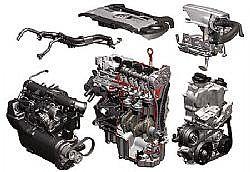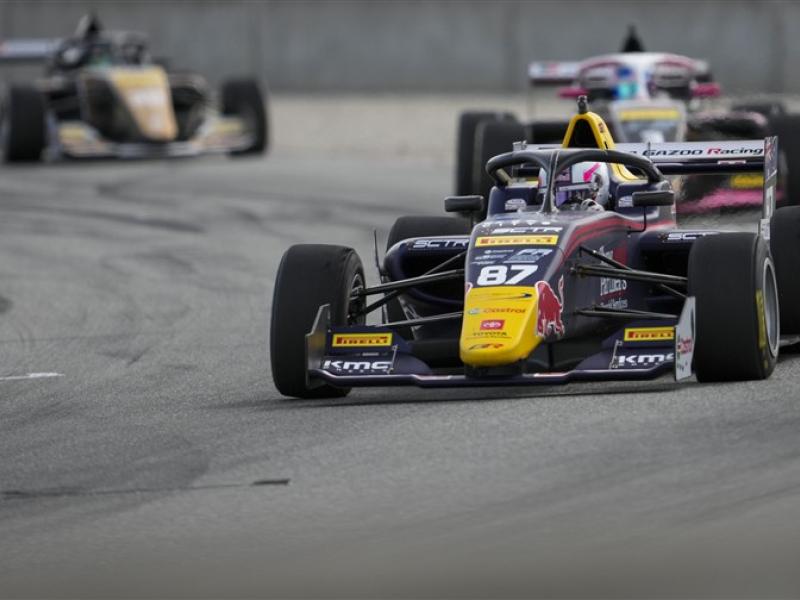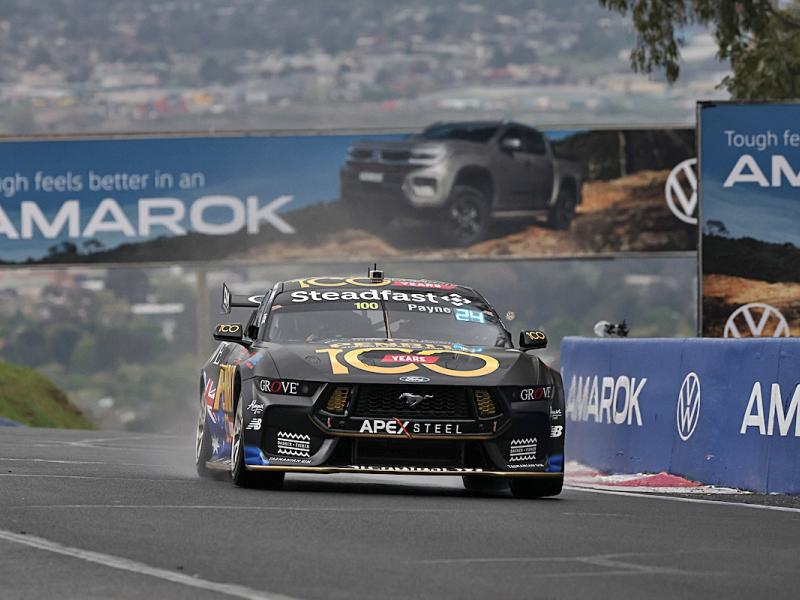The last issue of the year and what a year!
If we attempted to cover off everything that’s happened this year, we’d take up most of the magazine, so we’re not going to try.
We won’t club you over the head – other than this – with the Auckland stadium fiasco, the visual smoke test, the downturn in used imports or other bad news - instead, we’ve decided to let Volkswagen come to the Fore, and introduce what has been hailed as the best thing to happen to engines since the spark plug.
Automotive industry commentators have hinted that the latest development from Volkswagen could be the most momentous in the last 50 years of automotive history.
It’s a fairway back, (tell me someone is getting all these Golf references?) but some might remember that VW only recently introduced us to Fuel Stratified Injection (FSI) technology which, in a nutshell, takes the principal of directly injecting fuel into the combustion chamber at a very high pressure.
Precise metering of both the quantity of fuel injected and the fuel spray pattern brings the petrol engine closer to the efficiency of today's diesel engines with increased fuel efficiency, better performance and lower emissions.
Now Volkswagen has gone a step further with FSI and changed the acronym, to bring us TSI – “the future of automotive technology, available today”, according to New Zealand’s judge on the International Engine of the Year Awards jury, Brian Cowan.
The TSI engine has won the International Engine of the Year Award for 2006 with a second accolade, that of first place in the “1-litre to 1.4-litre” category.
So, what is it and what does it do?
TSI stands for Turbocharged Stratified Injection and basically turbocharges an FSI engine. But TSI doesn’t stop there. Within the TSI family of engines, we get something called a twincharger.
The twincharger concept relies on a relationship between a conventional turbocharger – on a very small engine – combined with a mechanically driven supercharger.
Why would you bother?
Well, Volkswagen reckons that you can enjoy all the advantages and comfort levels of a large engine without the fuel consumption requirements.
As the supercharger compressor comes into play before the turbocharger, turbo lag – a result of low exhaust energy to drive the turbo at low revs - is eliminated.
Here’s how it works:
As the driver uses the accelerator, a magnetic clutch is switched on and the supercharger’s compressor is activated.
The intake air is compressed before it reaches the combustion chamber via the turbocharger.
The control flap opens as engine speed increases.
Between engine speeds of 2,400 and 3,500 rpm, both the super and turbo charger contribute to boost pressure, and at 3,500 rpm the supercharger is deactivated via a magnetic clutch, leaving just the turbocharger in operation.
The transition between super and turbo charger is seamless.
And for the debut of TSI in New Zealand, Volkswagen has selected the Golf GT to be the flag bearer.
Despite a smaller than usual engine capacity of 1.4L, the combination of a supercharger and turbocharger enables the TSI engine to produce an impressive 125kW of power.
Every day drivability is further enhanced by the 240Nm of torque that is available from just 1500rpm up to 4750rpm.
It will do from 0-100kph in just 7.7 seconds. Yet it consumes just 7.2L/100km, or over 38mpg, and emits just 169g of CO2 per kilometre.
On extra urban roads, the Twincharger consumes as little as 5.9 litres.
The previous generation 125kW, 2.3 V5 engine had a combined fuel consumption figure of 8.8L per 100km and 211g of CO² per km.
One international judge at this year’s Engine Awards was quoted as saying: “with the 1.4-litre TSI Twincharger, Volkswagen has achieved the near-impossible – an engine that produces more power - yet uses less fuel - than the best of its bigger-capacity contemporaries. It is 11 percent more powerful and produces 20 percent more torque than Volkswagen’s own 2.0 FSI, yet uses 10 percent less fuel in urban running.”
While the TSI is currently only available here in the Golf, you can expect to see it in other Volkswagen product in the very near future – along with possibly, Audi, Skoda, Lamborghini, Bentley….
The advantages are obvious as far as the consumer and the environment are concerned, but also as far as vehicle design goes.
As smaller engines deliver better power levels and economy, so too can car body structures be improved to take up less space and use up less steel, aluminium or whatever.
So it’s a one shot to the green for the VW Golf with the TSI driver. Par for the course for Volkswagen!
Reader reply 120601






